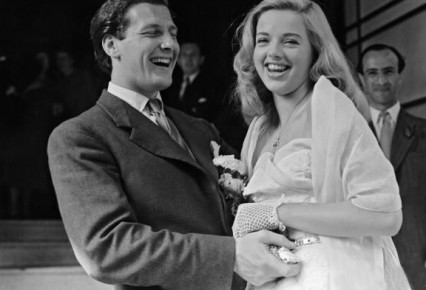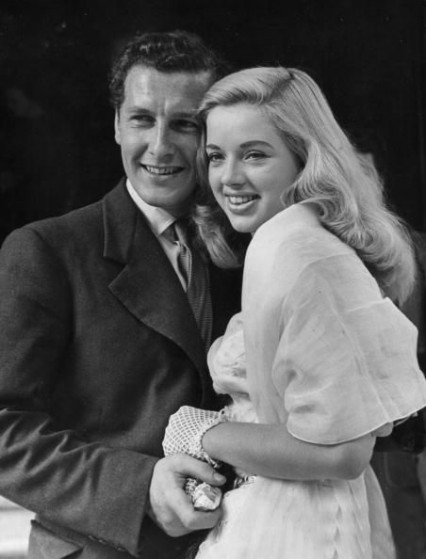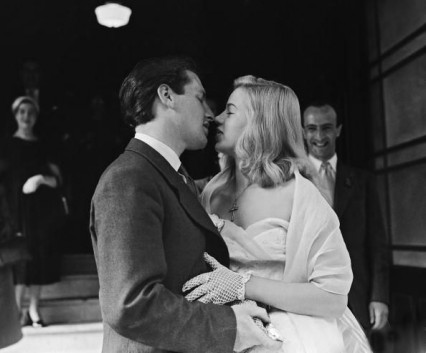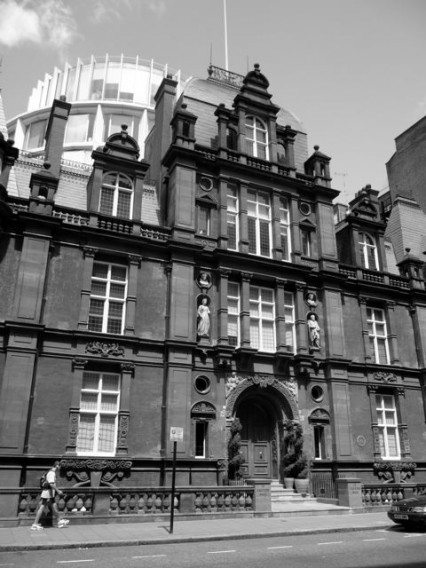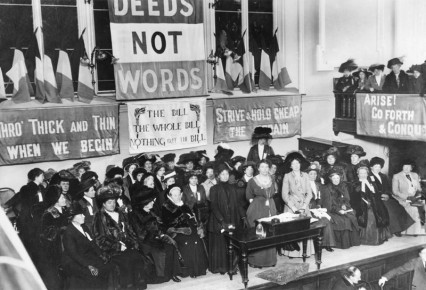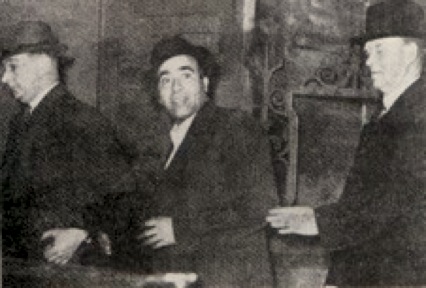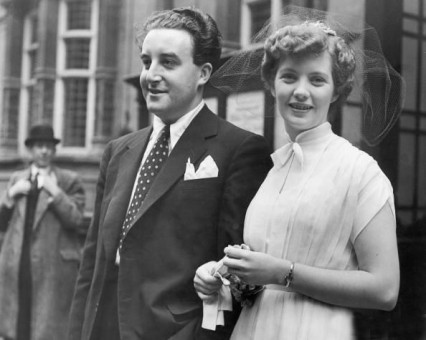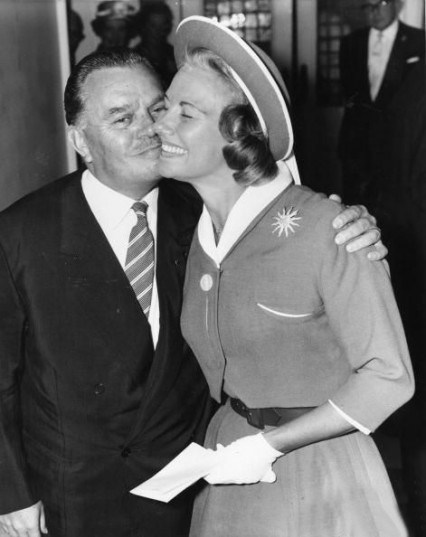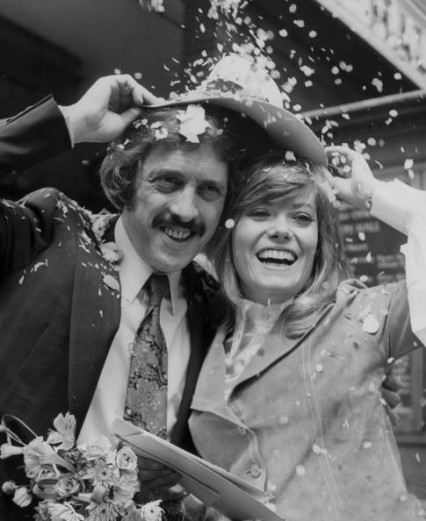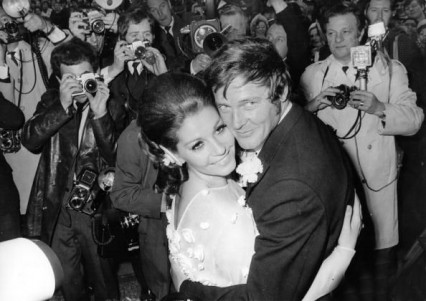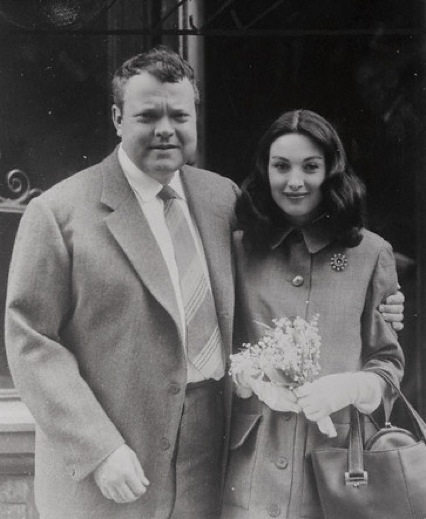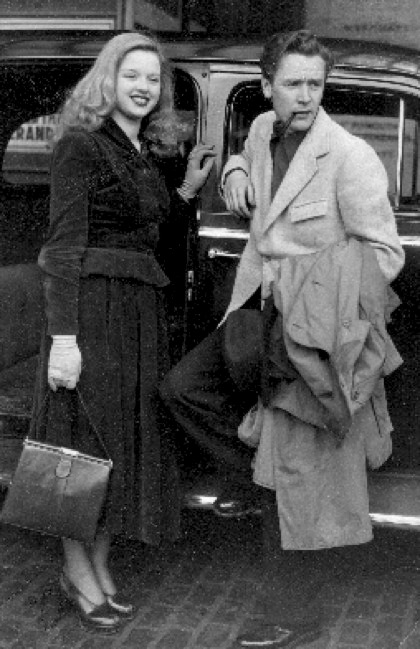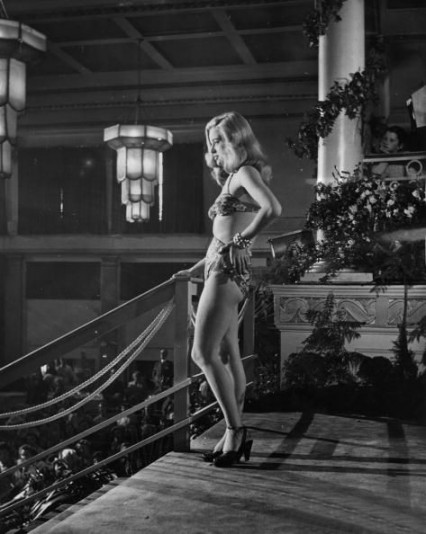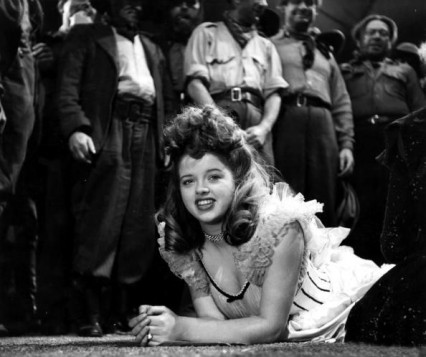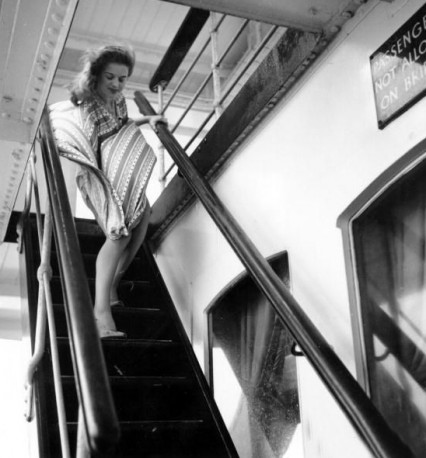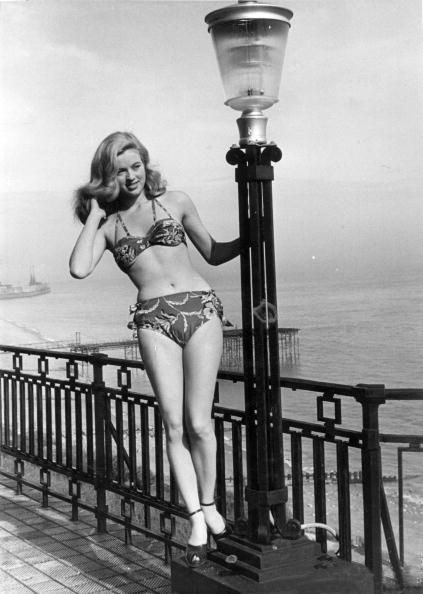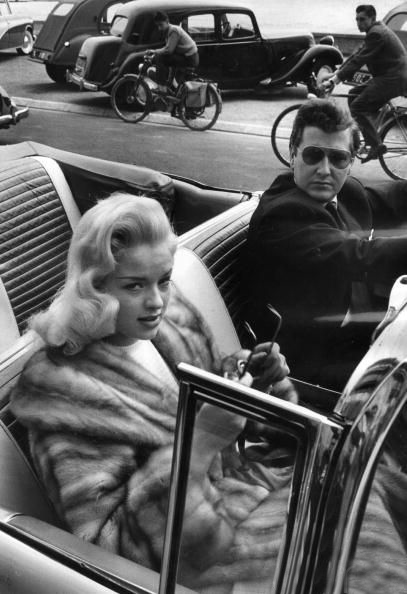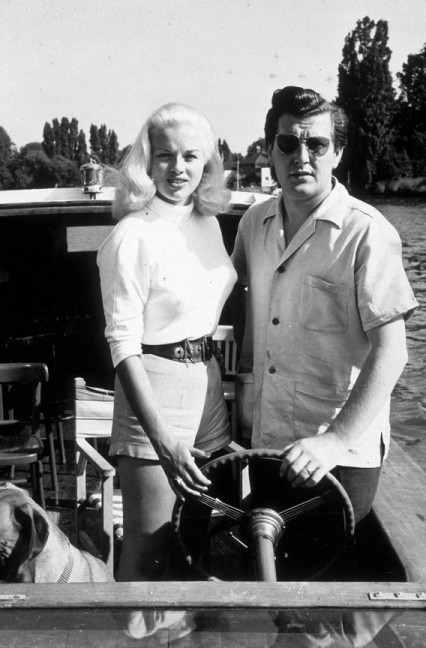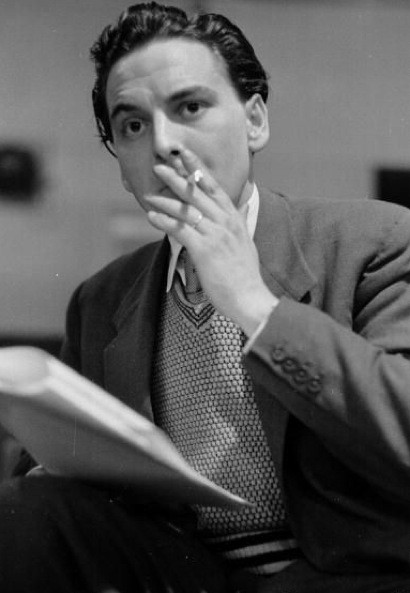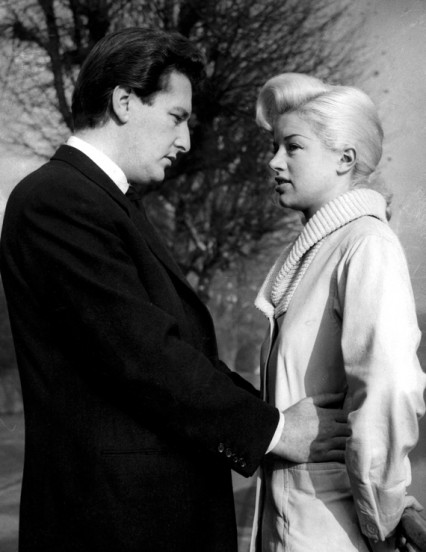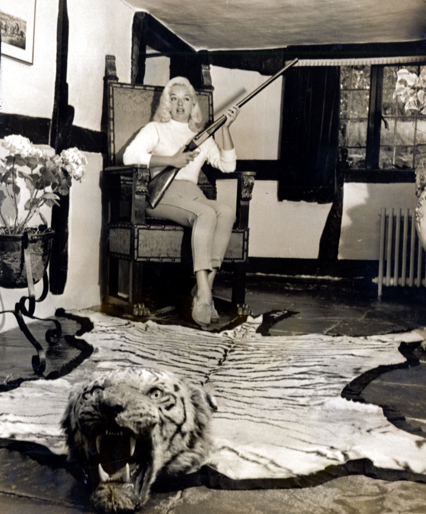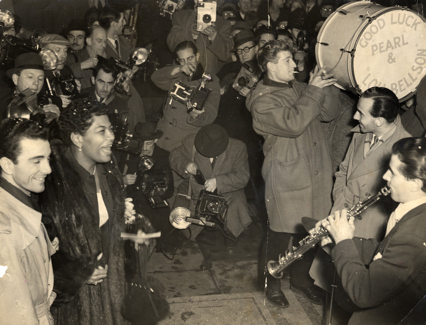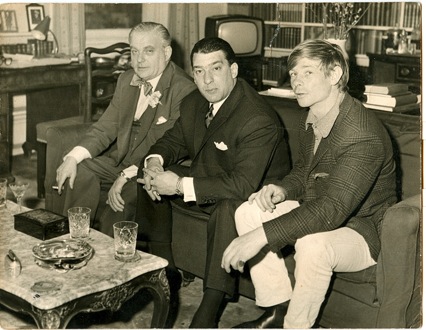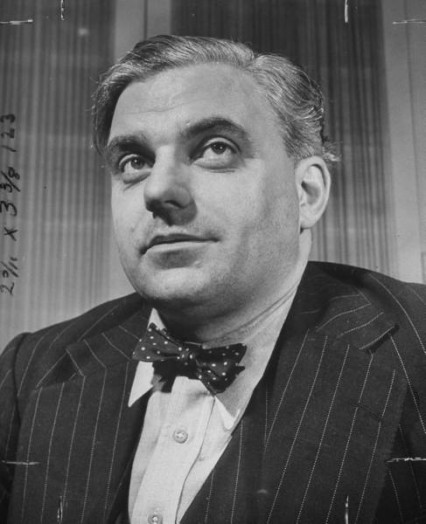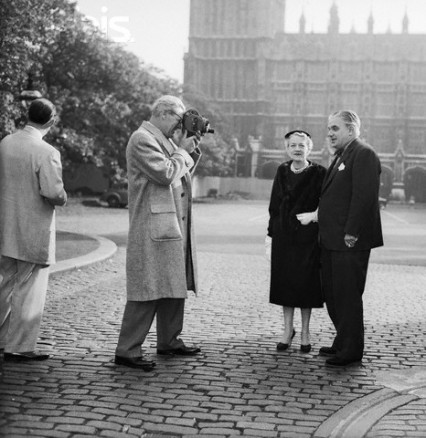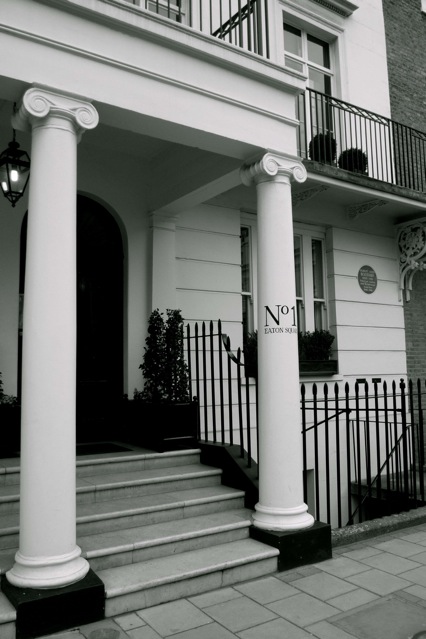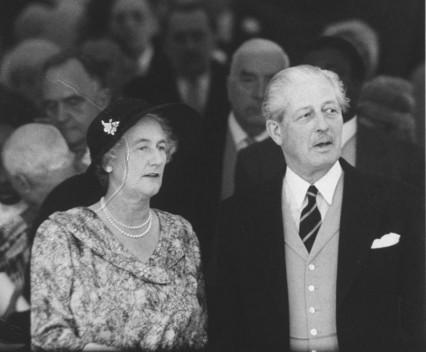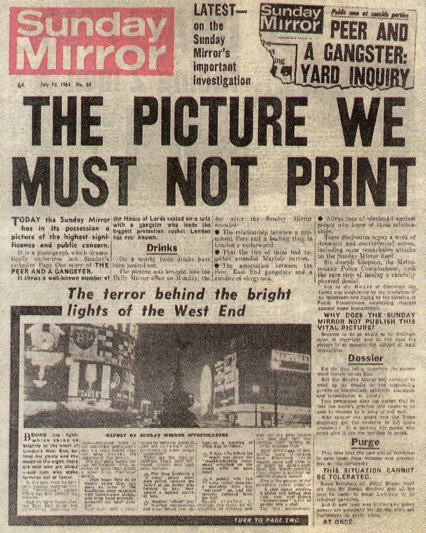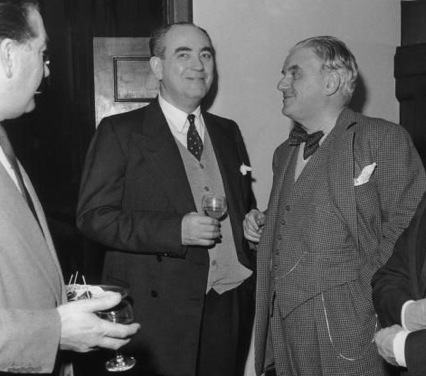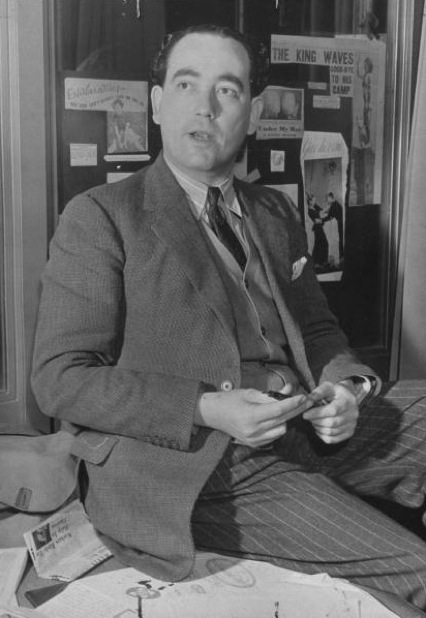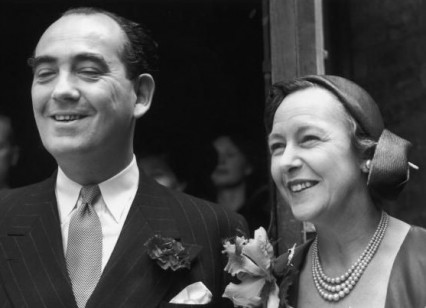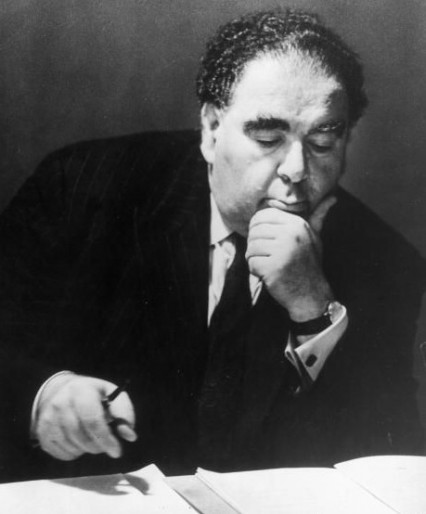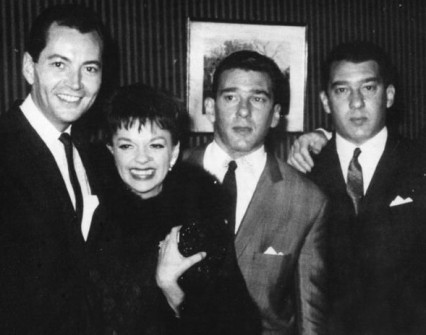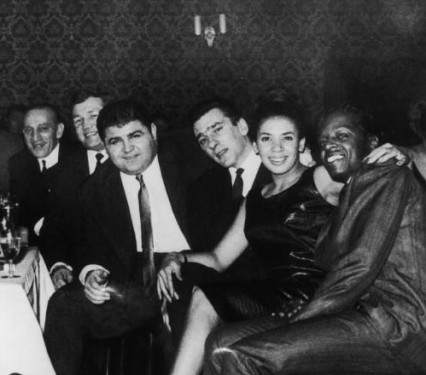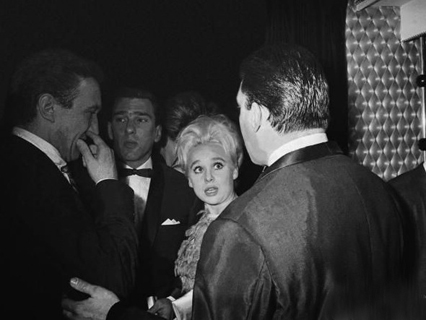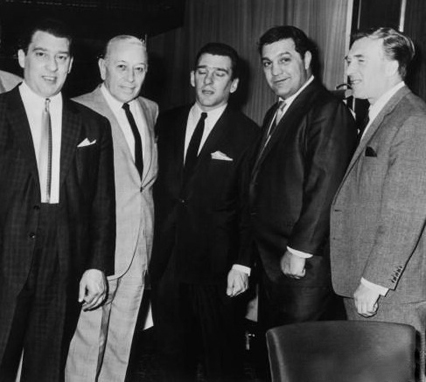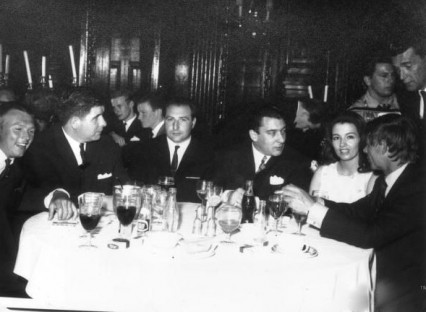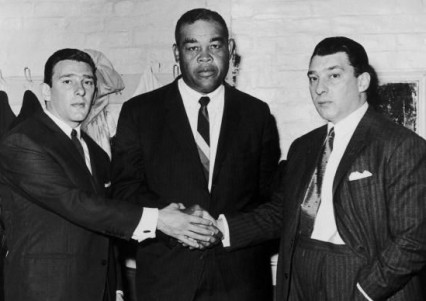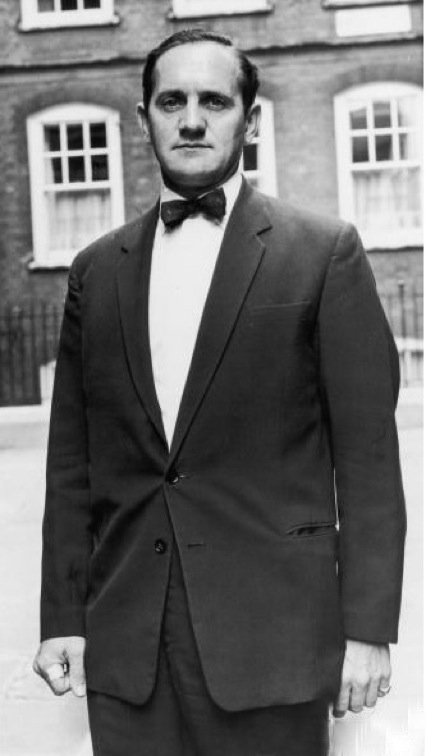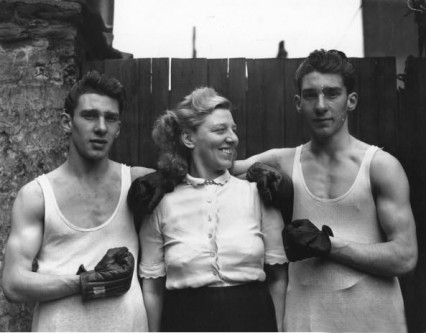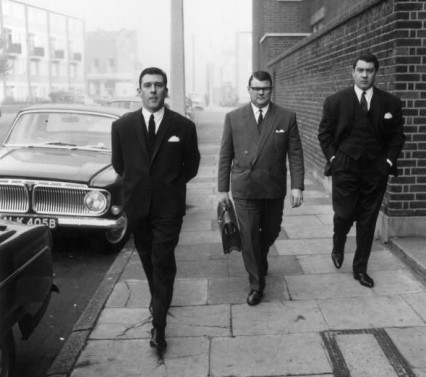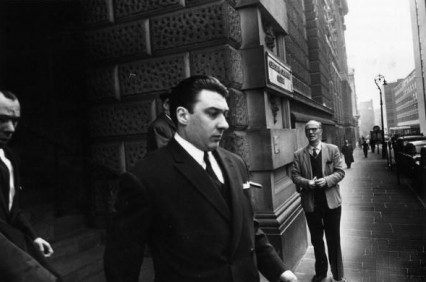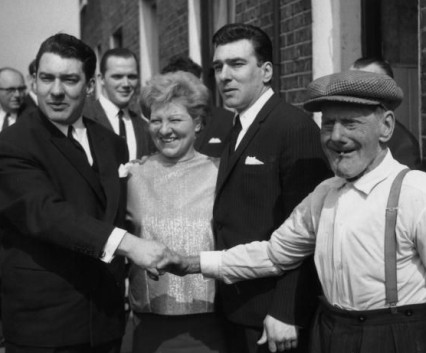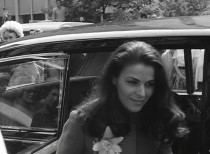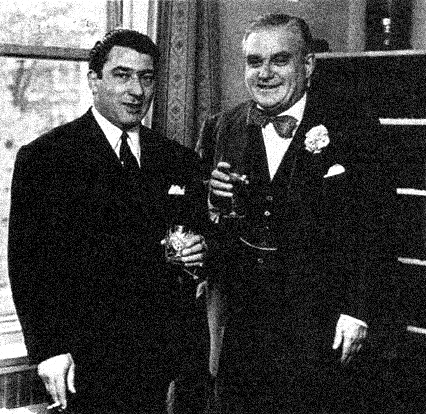Diana Dors, the so-called English Marilyn Monroe, isn’t much mentioned these days and I suspect most people under the age of thirty hardly know who she is. Perhaps it’s not that unsurprising as it’s now over 25 years ago since she died. However for much of her life, in one way or another, the Swindon-born actress whose real name was Diana Fluck, was easily one of Britain’s biggest stars.
She married her first husband, Dennis Hamilton, at 4.pm 3rd July 1951 at Caxton Hall registry office in Westminster. She was just nineteen and already a film star.
Her parents, not over-enamoured with the proposed union, decided not to come, and Diana, who was still under the, then, legal age of 21, had to forge their signatures on the form that gave permission for their daughter to be married.
Caxton Hall, now a redeveloped apartment and office block, wasn’t just a registry office favoured by celebrities, it was also the location for some fascinating political events in its time. The first meeting of the Suffragettes in 1906 was at Caxton Hall and it was often used for their rallies due to its close proximity to the Houses of Parliament and no doubt plenty of railings. Caxton Hall is now a listed building mainly because of its Suffragette associations.
Caxton Hall was also the scene of the assassination of Michael O’Dwyer by Udham Singh on March 13 1940. Tipperary-born O’Dwyer had been the Lieutenant Governor of the Punjab at the time of the infamous Amritsar massacre of 1919. Brigadier General O’Dyer, with O’Dwyer’s full connivance, ordered soldiers to open fire on a crowd of 20,000 Indian Independence supporters.
It was said that over 1,500 rounds of ammunition were used in just 15 seconds. The obvious result of which meant hundreds of protesters died in cold blood. Unfortunately for O’Dwyer, one of the victims was Udham Singh’s brother.
The day after the massacre the Brigadier received a telegram from Governor O’Dwyer which said:
“Your action correct. Lieutenant Governor approves.”
I’m not entirely sure the saying “revenge is a dish best served cold” exists in the Sikh language. It probably does, because over twenty years after the massacre, Singh pulled out a Smith and Wesson revolver at a meeting in Caxton Hall and fired six shots, two of which hit the former Punjab Governor, killing him instantly.
At his trial, Singh, not overly contrite, explained to the judge:
“I did it because I had a grudge against him, he deserved it.”
Truthful it may have been, but unsurprisingly his statement didn’t particularly help his cause, and on 31st July 1940 Udham Singh was hanged at Pentonville Prison. Maybe sooner than he would have expected, India gained independence seven years later.
As I mentioned earlier, Caxton Hall was the location for many a celebrity wedding during the fifties, sixties and seventies…
19 year old Elizabeth Taylor and Michael Wilding in 1952
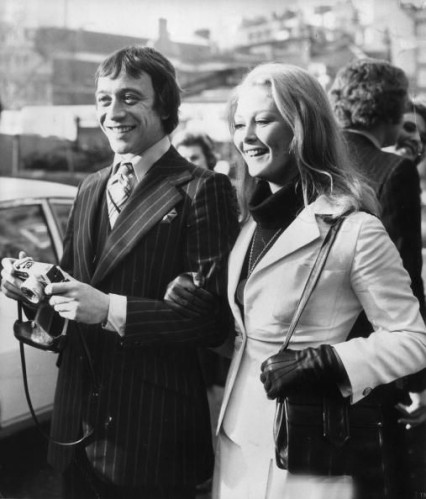
An extraordinarily and unbelievably lucky Robin Nedwell standing next to an extraordinarily and unbelievably beautiful Jenny Handley in 1973.
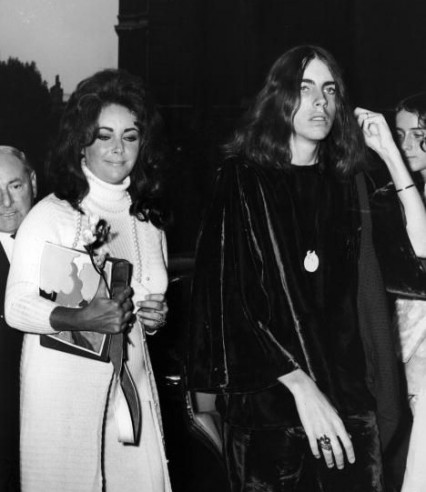
Elizabeth Taylor back at Caxton Hall for the marriage of her son Michael Wilding jnr. in 1971. He seems to be some kind of goth before goths were invented.
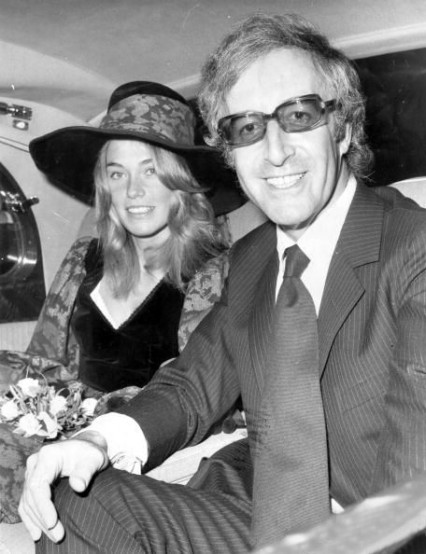
Back again. Peter Sellers, looking disgustingly happy with himself, leaving Caxton Hall with his third wife Miranda Quarry in 1970.
The Caxton Hall wedding between Diana Dors and Dennis Hamilton wasn’t the smoothest of affairs. Before the ceremony the couple had posed for pictures outside (Hamilton had tipped off the press) but eventually the registrar tapped Hamilton on the shoulder and asked for a quiet word. The official discretely told him that he had received an anonymous phone call with the information that the marriage application had been forged.
Hamilton, furious, grabbed the registrar by the throat and shouted:
“You’ll marry us, all right, or I’ll knock your fucking teeth down your throat.”
The registrar decided to accidentally forget about the phone call and in the end officiated over the ceremony. Diana hadn’t seen the bullying side of Hamilton before but was now quietly impressed with his, what to her, seemed a rather exciting criminal glamour.
They had met just five weeks previously after Dennis had chatted Diana up when asking her for a light. She was instantly charmed. Although Diana already had a boyfriend, a man of dubious morals named Michael Caborn-Waterfield, Hamilton sent her flowers almost daily. Unfortunately, Michael went to prison for a fortnight after one too many shady business deals and Dennis pounced. He proposed to Diana at the end of June 1951 and they became Mr and Mrs Hamilton just four days later.
Dors was in the middle of working on a film called Godiva Rides Again so there was no honeymoon after the wedding, just a meal in Olivelli’s in Store Street. The guests all paid for their own meals.
By the time of her wedding she had already been a contract girl for J Arthur Rank for five years and had made some fifteen films including a role in David Lean’s Oliver Twist.
She was certainly not untalented but had always struggled to find real noteworthy roles and a rather turbulent private life certainly didn’t help her cause. She had been renting a small flat off the Kings Road from 1949 for six guineas a week but was eventually thrown out after complaints from the neighbours for the endless parties, late nights and loud music. The nights must have been very late and the music very loud because she wrote in her first autobiography in 1960:
“I didn’t realise it but the cute flat was slap dab in the middle of one of the worst areas I could have established myself in, for Chelsea in those days, just after the war, was much wilder than it is today.”
In 1950, while seeing Caborn-Waterfield, she also had a traumatic illegal abortion, performed on a kitchen table in Battersea, for ten quid.
The ‘interesting’ private life didn’t disappear now that she was married to Hamilton. Not long after their wedding he introduced her to, what were basically, sex parties.
Just a few months after Diana and Dennis’s wedding, Bob Monkhouse, then a 24 year old up-and-coming script writer, was invited to one of their parties. The lights were very low when he got there with almost the only lumination coming from a 16mm projector showing hard core porn (stag films or blue movies as they were known then) and there was a faint smell of Amyl Nitrate in the air.
Monkhouse was quickly invited to bed by a very attractive and comely young dancer. It was a little too quickly and he soon realised that something wasn’t quite right. After his eyes adjusted to the darkness he saw that there was a false mirror on the ceiling and the other party guests were watching behind it. Furious, he stormed out of the room, with the ‘dancer’ shouting, “I think he’s a homo”. He was met by Dors in the hallway who said:
“Some people absolutely adore putting on a show, they come back to my parties just to do that.”
The following year Monkhouse and Dors met again at a Sunday evening radio show and they had a brief affair. Diana lied that her husband was in New York to lower Monkhouse’s guard. Eventually Hamilton found out about the affair and threatened Monkhouse with a cut-throat razor screaming at his face:
“I’m going to slit your eyeballs!”
Monkhouse only escaped by kneeing Hamilton in the groin and running away, but he once wrote that he had spent the next six years continually looking over his shoulder. He only had to worry for six years because in 1959 Dennis Hamilton suddenly died. His death was initially blamed on a heart attack but the day after the funeral Dors found out that he had died of tertiary syphilis. It never came to light, despite many autobiographies, whether she had contracted the disease herself.
Diana Dors made one acclaimed film in the fifties called Yield To The Night – a movie that was loosely based on the Ruth Ellis story but it’s not entirely unfair to say that she starred in some of the worst films ever made. After an unsuccessful foray to Hollywood (a public affair with Rod Steiger and and an incident where Hamilton beat up a photographer unconcious didn’t help), her film career, despite the very early promise, never really took off.
Dors would later complain that while Marilyn Monroe was making How To Marry A Millionaire in Hollywood, she was up in Manchester making It’s A Grand Life with the alcoholic northern comedian Frank Randle. Diana Dors was always a household name but it was her television guest appearances and roles in saucy sex comedies such as The Adventures of a Taxi Driver and Swedish Wildcats, that eventually kept her in the public eye.
She became the diet guru on GMTV in 1983 – where apparently she would weigh herself with all her heavy gold jewellery so it would look like she lost weight the following week. She died of protracted cancer the following year in 1984.
A year after Dors’ and Hamilton’s wedding back in 1952, the jazz drummer Louie Bellson (Duke Ellington called him the greatest ever) married the black Broadway star Pearl Bailey at Caxton Hall after a four day whirlwind romance. They came to London convinced that the wedding would attract less racial bias than back in New York, especially as Bellson’s father had said publicly that he “would have nothing to do with them if they go through with this”. The couple remained married until Bailey’s death in 1990.
By all accounts the wedding was a joyous affair, and if you listen to Bellson’s Caxton Hall Swing from his Skin Deep album released in 1954, I think you can tell.
.
Louie Bellson – Caxton Hall Swing
Diana Dors – Roller Coaster Blues
.
Buy Louie Bellson’s Skin Deep here
Buy Diana Dors’ Swingin’ Dors here
Buy the DVD of Yield To The Night here
Buy the DVD of It’s A Grand Life here
